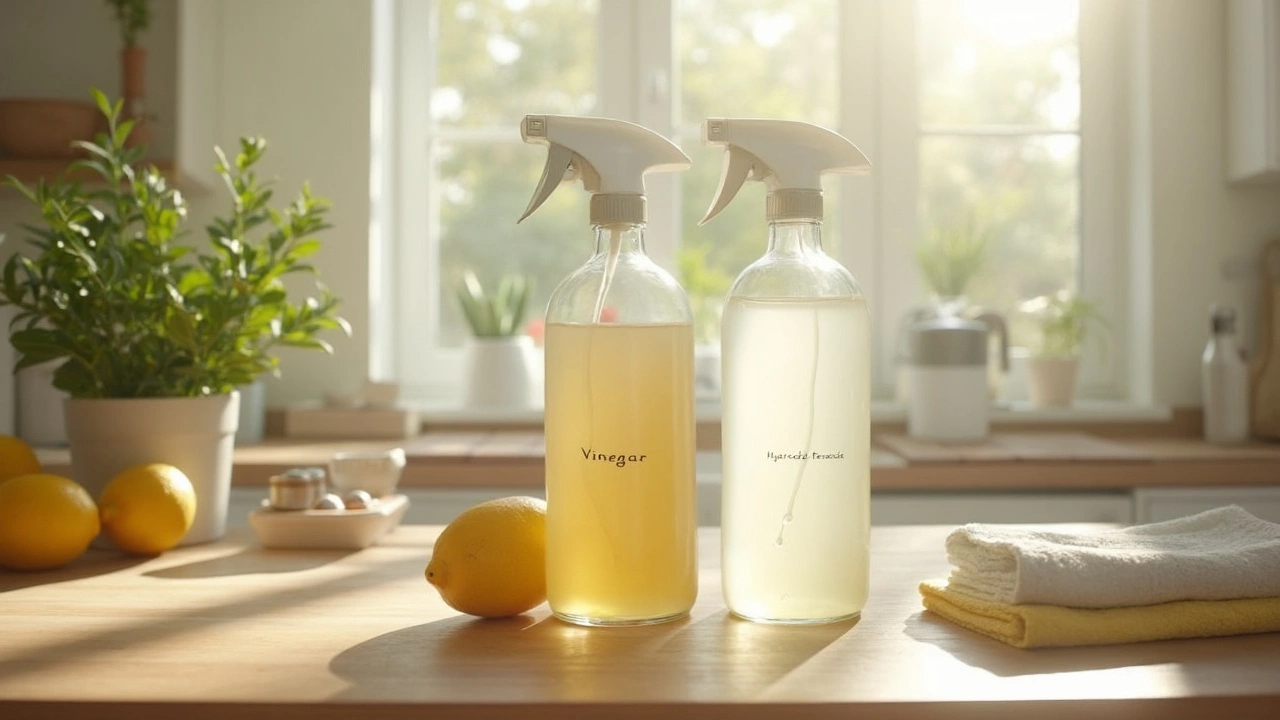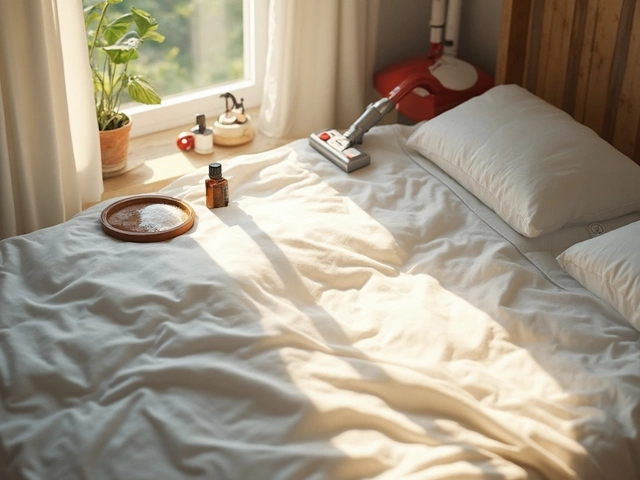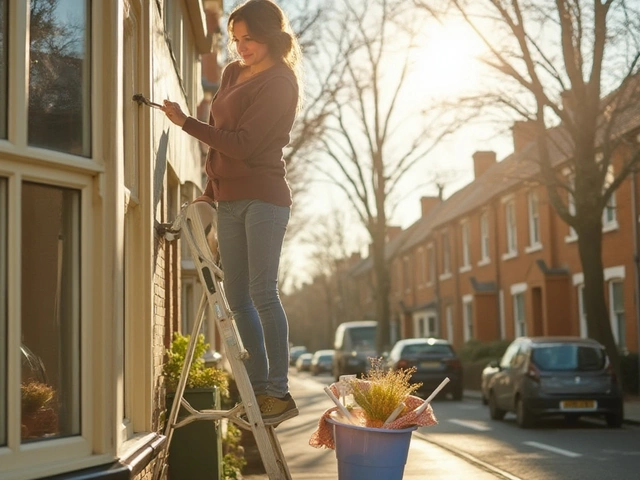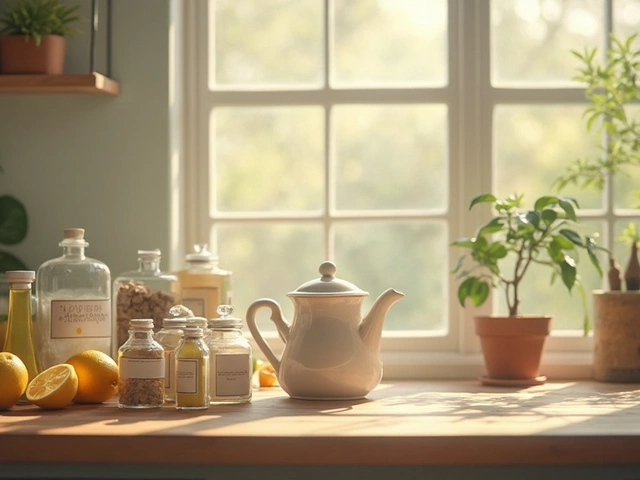Natural Disinfectant: Safe, Effective Cleaning Solutions
When working with natural disinfectant, a cleaning agent made from everyday ingredients that kills germs without harsh chemicals. Also known as non‑toxic disinfectant, it provides a safer alternative to commercial bleach and fits nicely into any eco‑friendly routine.
One of the most versatile allies is baking soda, a mild alkaline powder that lifts grime and neutralises odors. Pair it with vinegar, an acidic liquid that breaks down mineral build‑up and kills many bacteria and you have a classic two‑step system that cleans ovens, countertops, and even glass. Adding a splash of lemon, the citrus fruit’s natural acids and fresh scent, boosts disinfecting power while leaving a pleasant smell turns the mix into a bright, multi‑purpose spray.
Why Choose Natural Disinfectants?
Natural disinfectants encompass surface sanitation, odor control, and material safety. They require only basic kitchen staples, which means lower cost and fewer toxic residues. For households with children or pets, a non‑toxic approach reduces exposure risks and aligns with green‑living values. The combination of alkaline and acidic ingredients creates a chemical balance that dissolves grease, loosens baked‑on food, and still respects delicate finishes like stainless steel or enamel.
Eco‑friendly cleaning isn’t just a buzzword; it’s a practical choice. When you swap a commercial spray for a DIY natural disinfectant, you cut down on plastic packaging and harsh solvents that can linger in indoor air. Studies from UK home‑care labs show that a 1:1 vinegar‑water solution can achieve a 99% reduction of common kitchen bacteria, matching many over‑the‑counter products. Adding a pinch of baking soda improves scrubbing power without introducing abrasive particles that could scratch surfaces.
Our post collection reflects these principles. You’ll find a step‑by‑step guide to the “Best Homemade Oven Cleaner That Actually Works”, a deep dive into how Dawn dish soap can team up with vinegar for greener kitchen care, and a science‑backed look at whether baking soda and vinegar truly cut grease. Each article explains the why, the how, and the safety tips you need before you start mixing.
Beyond the oven, natural disinfectants shine on windows, fabrics, and hard‑water stained glass. For example, a vinegar‑water spray combined with a soft cloth removes cloudy deposits, while lemon juice can brighten dull stainless‑steel appliances. The same ingredients appear in our “Natural All‑Purpose Home Cleaner” recipe, showing how one mix can handle multiple rooms without swapping products.
If you’re curious about performance metrics, we break down the cost per litre of a DIY mix versus a typical store‑bought spray, and we compare the time it takes to achieve a streak‑free finish on windows. Real‑world tests on the Isle of Wight kitchens confirm that a simple vinegar‑baking soda paste can lift years of baked‑on residue in under 30 minutes, saving both money and elbow grease.
All of this ties back to a core idea: natural disinfectants require the right tools and a little know‑how, but they reward you with safe, effective results. Whether you’re tackling a grimy oven, foggy windows, or a sticky kitchen counter, the ingredients are likely already in your pantry. Below you’ll discover detailed guides, safety checklists, and pro tips that turn those pantry staples into powerful cleaning allies.





